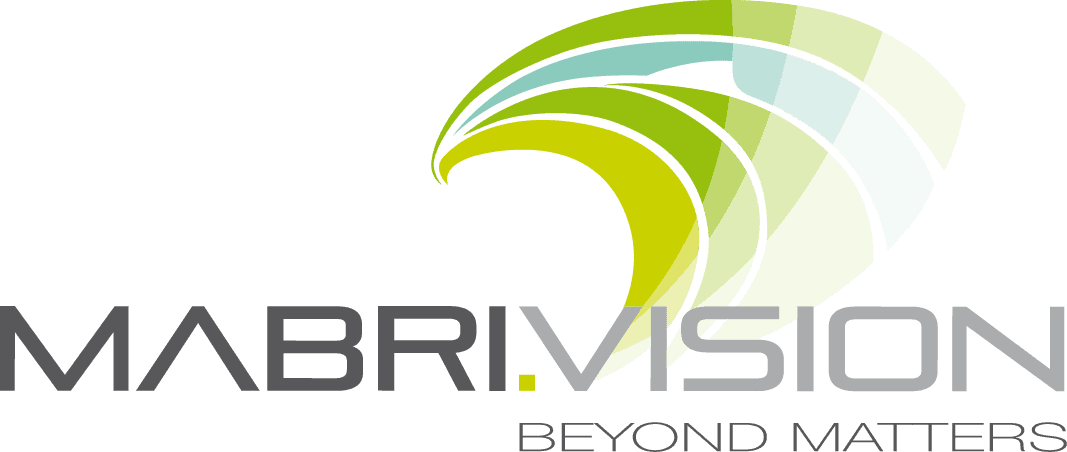PLANT CONSTRUCTION
OPTICAL MEASUREMENT TECHNOLOGY
If it needs to be examined more closely
In addition to the classic matrix and line cameras, we have specialized in integrating precise optical measuring technologies into our test systems. We use these test systems, for example, to test microchannels in injection molded components or to analyze the smallest medical components for defects. We rely on complete automation solutions, from goods carriers to automated feeding. With our software, we can generate and evaluate the necessary parameters from the measurement data.
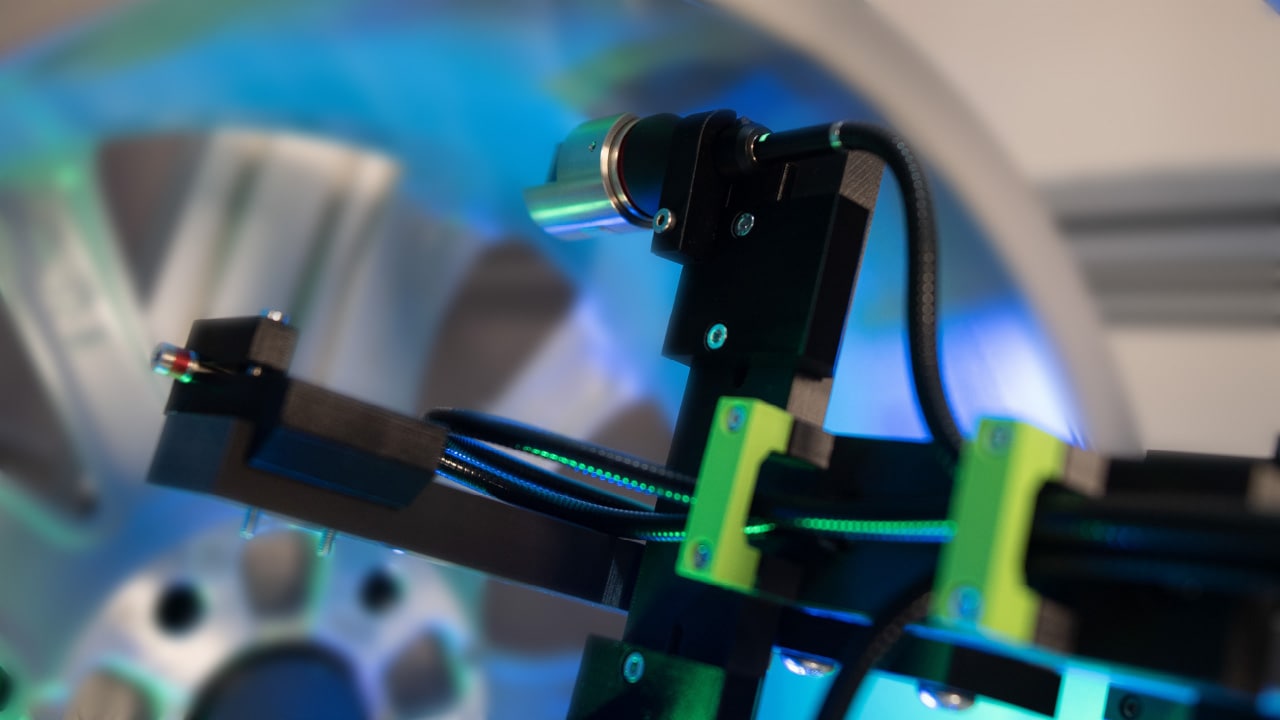
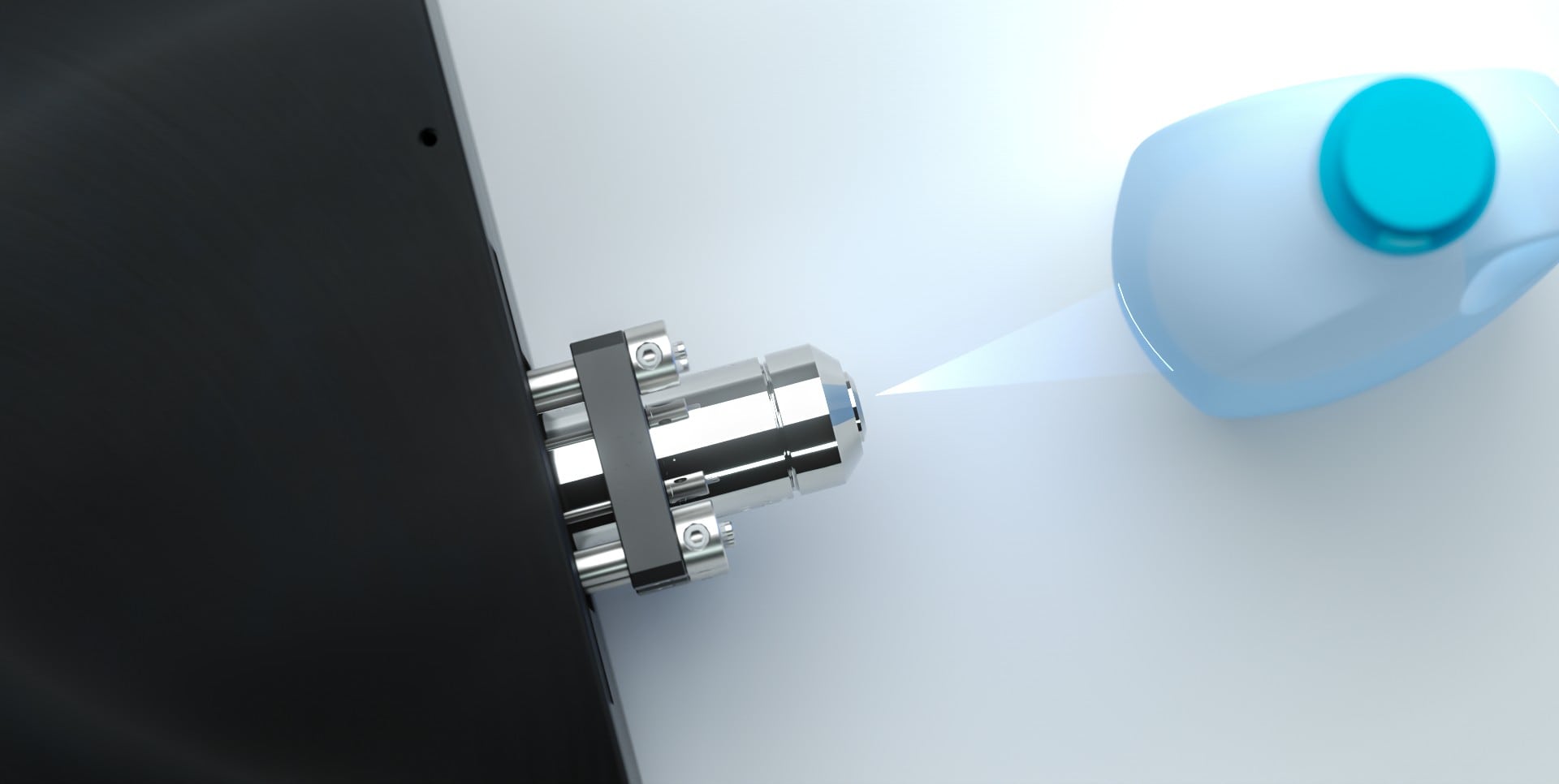
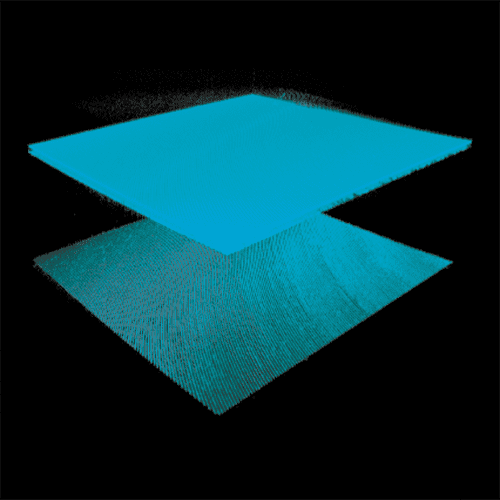
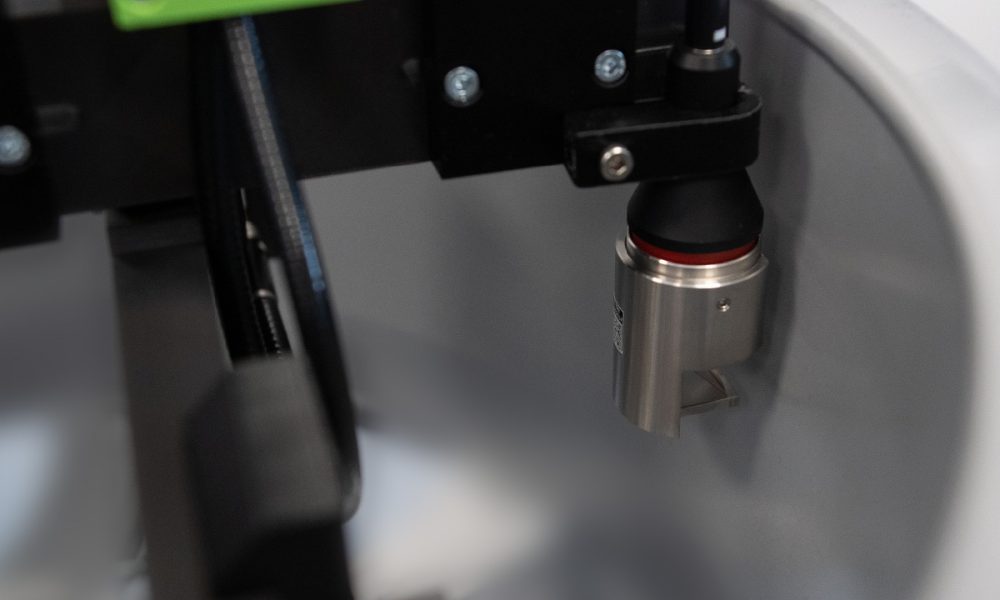
INTEGRATION OF OPTICAL MEASUREMENT TECHNOLOGY
We accept the challenge
Due to our roots in measurement technology and quality management, we have the necessary specialized knowledge to integrate high-precision optical measurement technology, such as chromatic confocal sensors or optical coherence tomography OCT sensors into test processes and systems. This enables us to test the surfaces, shapes and layers of high-precision structures in production.
- chromatic confocal sensors
- optical coherence tomography OCT
- 3D laser profile cut sensors
PLANT ENGINEERING & AUTOMATION
We automate quality testing
As soon as the micrometer is involved, systems and processes must meet special requirements in order to be able to carry out precise and repeatable testing. For this we have developed a modular system to be able to build systems with 2D and 3D measurement technology suitable for your QC processes. For feeding and positioning, we like to use goods carrier systems and linear axes suitable for clean rooms.
- Suitable modules: FFU, cleaning, lifting door, autofocus, clean room
- Special machine construction of test systems
- Precision solutions with linear axes and granite base
![MICRO.SPECTOR MI1 – Cleanroom Operator_1[MV.EYE-MI1 Microscope Employee Software] Optical metrology to optimize your quality inspection](https://mabri.vision/wp-content/uploads/elementor/thumbs/MV.EYE-MI1-Reinraum-Bediener_1MV.EYE-MI1-Mikroskop-Mitarbeiter-Software-scaled-1-rd6tn6mt6pzsi51phx0nqblaya1h9s1l6rnscm9mr4.jpg)

SIGNAL & DATA PROCESSING
Automatically derive key figures
Our experts are specialized in the evaluation of 2D and 3D data sets, such as surface inspection, shape inspection and wall thickness inspection.
From standard-compliant evaluation of standard parameters (e.g. roughness) to product-specific and individual parameters, we can cover all requirements.
- Application-specific evaluation of measurement data of all kinds
- Determination of individual parameters
- Data fusion, filtering, evaluation
MEASUREMENT TECHNOLOGY – OUR DNA
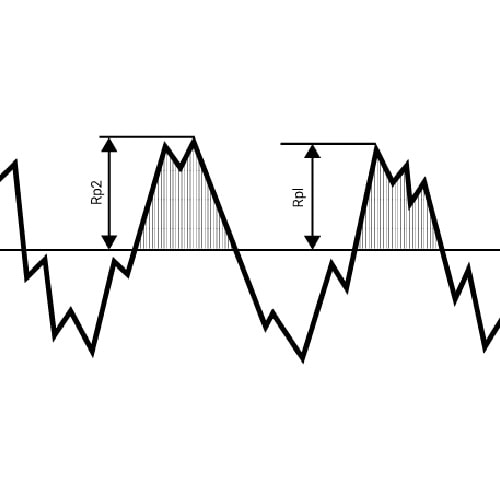
roughness measurement technology
- Support in the selection of function-relevant sizes
- Determination of 2D roughness parameters according to ISO 4287 & 13565
- Determination of 3D roughness parameters according to ISO 25178
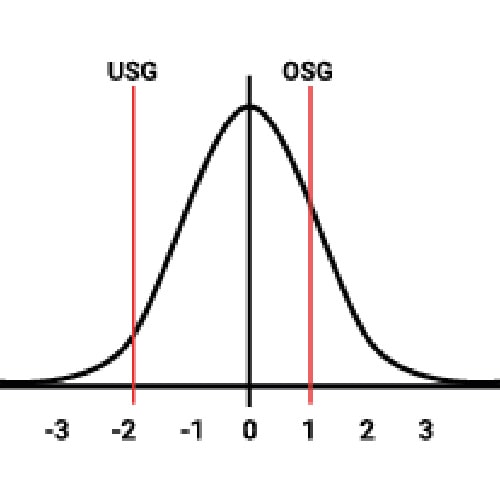
Process capability analysis
- Process capability reporting
- Sensor selection for temporary/permanent process monitoring
- Identifying and eliminating the causes of process capability deficiencies
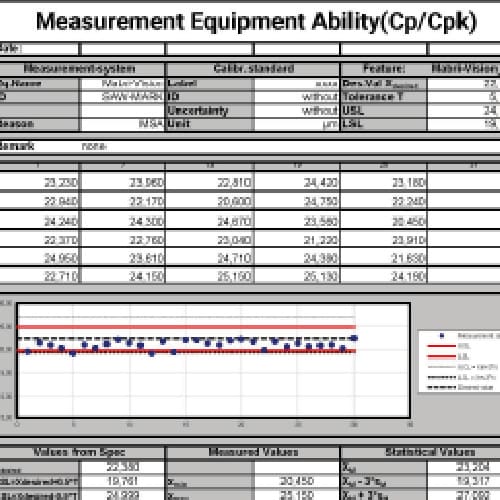
MSA measuring equipment capability analysis
- Systematic investigation of the measuring equipment capability
- Traceability to national calibration standards
- Advice on the selection of test sensors
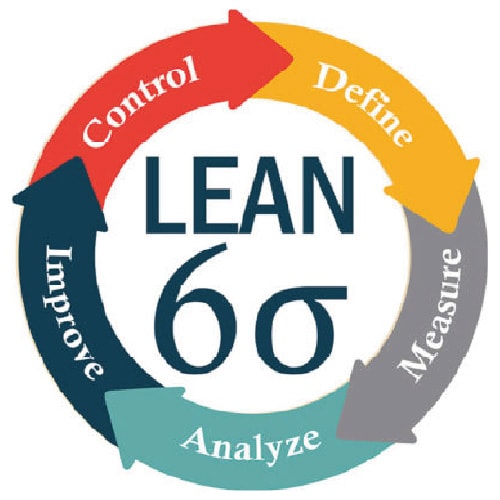
Six Sigma toolbox
- Expertise in Six Sigma tools and processes
- Advice and support in carrying out error analyses
- Active support of improvement projects
SHOWCASE
sample applications
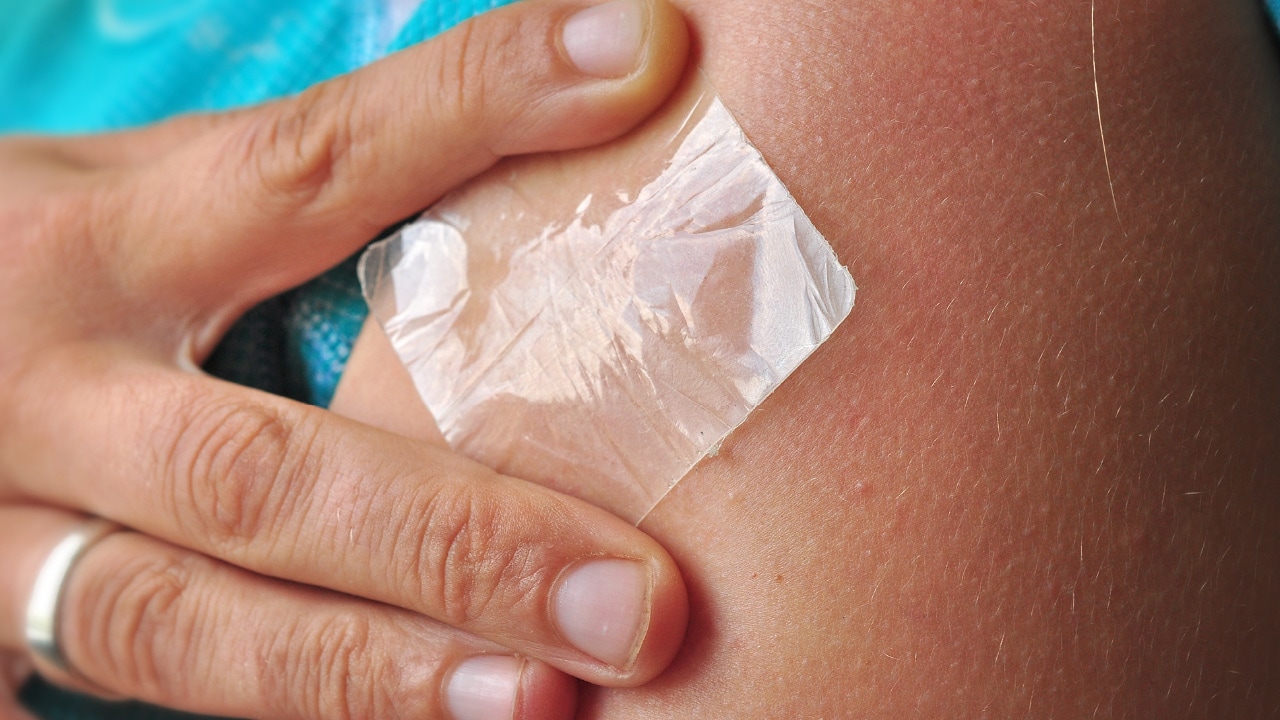
Inline layer thickness testing of plasters
With the help of a tomographic sensor, we check the layer structure of transdermal patches.
The advantage of the system is the speed of the testing process, which enables inline testing. At speeds of up to 40 mm/s, the presence and precise distribution of the active ingredient as well as shape and layer thickness can be determined, among other things.
Inline hose wall thickness inspection system
The MABRI.VISION testing system INLINE.SECTOR F1 describes the future of quality control of plastic and silicone hoses: non-destructive and in production cycle.
A 360° sensor creates cross-sections to check the inner and outer diameter, wall thickness and geometry of semi-transparent tubing directly in your extrusion line.

Precise inspection of bores
In one version of the CARRIER.SPECTOR, we use chromatic confocal sensors to inspect components that are transported via a goods carrier. These sensors work by measuring light that is directed onto the surface of the component from a point light source. The roundness of the part is determined by analyzing the light scattering, which allows precise measurement of the shape. This technique is fast, efficient, and allows for continuous monitoring of the manufacturing process to ensure parts meet desired specifications.
FAQs
Which vision technologies does MABRI.VISION use?
With every new request, our vision experts evaluate which technologies are particularly suitable for the test. We mainly use matrix and line scan cameras as well as 3D triangulation sensors. If other optical technologies are more suitable for testing, we are also happy to use TDI cameras, chromatic confocal sensors or interferometric sensors.
Do you also offer the automation of production steps?
No - our specialization is the construction of test systems. With our automation solutions, we implement the feeding and, after testing, the sorting of products and components.
We always have defects, but we don't know how to check them.
Over the years we have built up extensive know-how in the field of optical measurement technology. Our experts will be happy to advise you on the design of test processes. If it is not certain whether a test can be implemented, we are also happy to carry out feasibility studies.
What are the delivery times for MABRI.VISION?
Of course, this depends on the type, size and complexity of the optical inspection system. In direct comparison with our competitors, we very often have shorter delivery times and can react more quickly.
